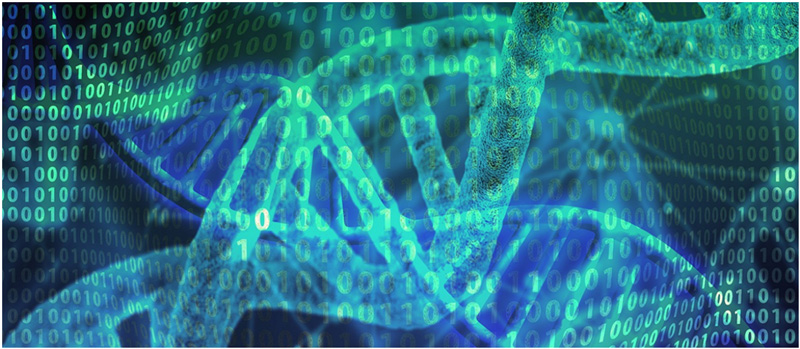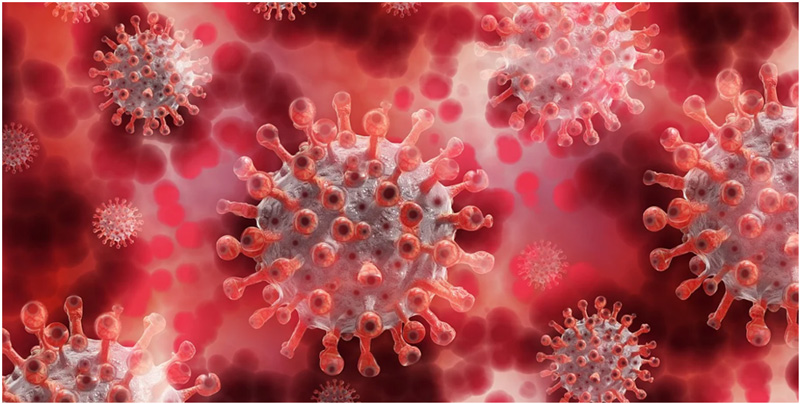Do you know that to build software applications, thousands to millions of computer codes are required to give the right visuals and commands to process your input? Codes also exist in all living beings — genetic codes. The genetic codes comprises deoxyribonucleic acid, famously known as DNA, and governs our hair, eye colour, height, and appearance. Our genetic code determines the unique facial and physical structures between us and our siblings/friends.
There are four different types of DNA, which are A (Adenine), T (Thymine), G (Guanine) and C (Cytosine). By combining and mixing these four different DNA ‘letters’, we can generate specific stretches of codes called genes to do certain things. These genes are akin to the different gaming and social media apps we use; they serve specific purposes and functions.

For example, genes encode proteins in disease protection and the immune system. Without them, we would be fragile and without much internal defence within our bodies. In other instances, such as in plants, different flower colours are also caused by various pigments being made and processed by proteins encoded by their genes.
There are a lot of other biological processes that involve genes and their encoded proteins. These genes are known to be expressed (or activated) according to tissue types and conditions and even during specific times of harmful bacterial and viral invasion.
Humans have approximately 30,000 genes, while other plant species have much higher numbers than that. Can we imagine having 30,000 apps on our phones, each doing different jobs? It must not be very clear. Each living cell knows which genes to activate in different situations.
But the first question is, can we read and identify all these genes to know what they are doing? This answer is important because by knowing the genetic codes, we may be able to find and treat certain genetic diseases such as sickle cell anaemia (defective red blood cells) and mutated genes leading to cancer. We may also be able to select better-yielding crops, such as rice, to feed the world if we know their genetic codes.
However, reading the genetic code is very challenging. It is the size of a nanometer, so small that you must slice your hair 40,000 times to reach this scale! It is smaller than viruses and bacteria and cannot be viewed even with microscopes!
Therefore, scientists developed a sensitive, high-throughput instrument to read DNA codes. We call this DNA sequencing technology. This technology reads DNA by putting discrete colours into different letters (A, T, G or C). Imagine having four different coloured light bulbs in front of us lighting up every time a particular DNA ‘letter’ is detected. The machine then records the changes in colours and builds a long-stretched DNA sequence.
We can assemble the 30,000 genes along our 3 billion DNA codes using such technology. This technology allows us to pinpoint the exact location of any genetic mutations leading to diseases. Scientists are now developing a precise technique to fix these DNA mistakes, which may hold the cure for millions of patients worldwide in the future.
Also, understanding genetic codes through sequencing technology has enabled us to understand how some of the most notorious viruses in the world, such as coronavirus, caused COVID-19. We now know that a gene that encodes Spike protein is responsible for viral infection. Targeting this component is now one of the best strategies researchers use to develop vaccines and drugs to control the disease.

In Malaysia, we are also actively researching the genetic codes of humans and microorganisms, including viruses, bacteria, plants, and animals. Several institutions, such as the Institute of Systems Biology (INBIOSIS), UKM Medical Molecular Biology Institute (UMBI) and Malaysian Genome Institute (MGI), are working closely to unravel some of the world’s most important questions ranging from human diseases to precision agriculture.
While I might not see any living dinosaur or Spiderman on the street soon, sequencing technology has opened more avenues in biological and medical sciences, gearing towards a prosperous, high-tech nation.




